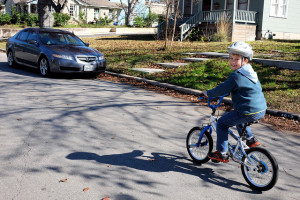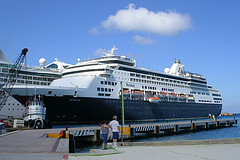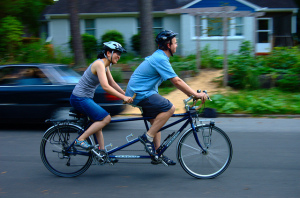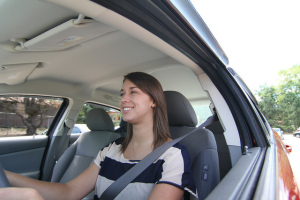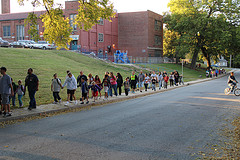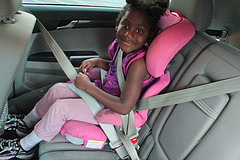A new report on bicyclist deaths by the Centers for Disease Control and Prevention finds that Florida has the highest rate of bicycling deaths of any state in the nation — 0.57 per 100,000 people, more than double the nationwide rate of 0.23 per 100,000.
While other states have found ways to cut bicycle deaths during two periods measured over the last three decades, Florida has only reduced the number less than 10 percent.
Nationwide, safety seems to be improving for bicyclists, with the number of deaths per 100,000 people declining 44 percent from 0.41 to 0.23 during the periods measured — the five years from 1975 to 1979 and the five years from 2008 to 2012, according to the new CDC report titled “Bicyclist Deaths Associated with Motor Vehicle Traffic — United States, 1975–2012.”
The steepest decline measured was among children younger than 15.
According to the report, bicyclists are killed on U.S. roads at a rate double that of vehicle occupants, even though bicycle travel accounts for only about 1 percent of trips across all modes of transportation.
Because of the year-round warm climate in Florida, cycling is a popular mode of transportation and exercise activity during most months of the year. However, Florida roadways also pose serious risks to bicyclists, from distracted automobile drivers to improper bike lanes. If you or someone you love has suffered a serious injury or was killed in a bike accident, it is very important to discuss your case with a Florida Injury Lawyer at Whittel & Melton.
Unfortunately, what could start out as a leisurely bike ride can quickly turn into a fatal accident. At Whittel & Melton, we believe that the responsible party should be held responsible for damages. Filing a personal injury or wrongful death claim for a bike accident can be complex, but we can provide you with the experienced representation you need.
 Florida Personal Injury Lawyers Blog
Florida Personal Injury Lawyers Blog


